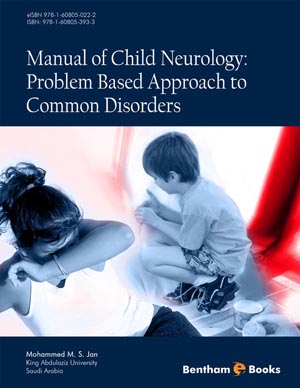Abstract
Seizures are the most common cause of referral to pediatric neurology services and represent an important cause of pediatric morbidity. Epilepsy (recurrent unprovoked seizures) is a common neurological disorder in children with a frequency of 4-8 cases per 1000 children. Seizures in children have wide variations in clinical expression with age specific presentation. For example, primary generalized tonic clonic and absence seizures are extremely uncommon in infants and never occur in neonates. Benign rolandic epilepsy of childhood has an onset at 5 years and usually remits by age 15. Physicians are frequently faced with anxious parents and are required to make rational decisions regarding the workup and management of childhood epilepsy. They are subsequently required to provide counseling and information about the prognoses to the involved families. The aim of this chapter is to provide an updated overview of pediatric epilepsy and review the most recent diagnostic and therapeutic recommendations.
Keywords: Seizure, Epilepsy, Ictus, Aura, Semiology, Conciousness, Awareness, EEG, MRI, Shuddering, Syncope, Antiepileptic drugs.






















